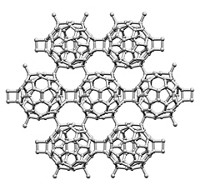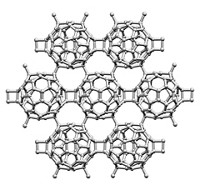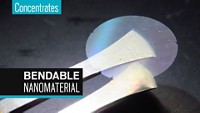Advertisement
Grab your lab coat. Let's get started
Welcome!
Welcome!
Create an account below to get 6 C&EN articles per month, receive newsletters and more - all free.
It seems this is your first time logging in online. Please enter the following information to continue.
As an ACS member you automatically get access to this site. All we need is few more details to create your reading experience.
Not you? Sign in with a different account.
Not you? Sign in with a different account.
ERROR 1
ERROR 1
ERROR 2
ERROR 2
ERROR 2
ERROR 2
ERROR 2
Password and Confirm password must match.
If you have an ACS member number, please enter it here so we can link this account to your membership. (optional)
ERROR 2
ACS values your privacy. By submitting your information, you are gaining access to C&EN and subscribing to our weekly newsletter. We use the information you provide to make your reading experience better, and we will never sell your data to third party members.
Materials
Thinner Plastic Blocks Gas Better
Shrinking layer thickness to the nanoscale reduces gas permeability of plastic films.
by Sophie L. Rovner
February 9, 2009
| A version of this story appeared in
Volume 87, Issue 6
Plastic packaging can't be used for bottling products such as beer because it's permeable to oxygen and carbon dioxide. Although these gas molecules are blocked by crystalline regions in plastic film, they readily slip through amorphous zones between the crystalline regions. Researchers now report the counterintuitive finding that making a plastic film super-thin reduces its permeability to oxygen by two orders of magnitude. Anne Hiltner of Case Western Reserve University, in Cleveland, and colleagues coextruded poly(ethylene oxide) and poly(ethylene-co-acrylic acid). The researchers passed the assembly through a series of dies that split and spread the combined layers. The layers were then stacked on others and the process was repeated to create films with thousands of ever-thinner layers. When the researchers tested the performance of the resulting films, they were startled to find that oxygen and carbon dioxide permeability fell as the polymer layers became thinner. They discovered that when poly(ethylene oxide) is confined to layers just 20-nm thick, it forms large ordered regions that resemble giant single crystals (Science 2009, 323, 757).





Join the conversation
Contact the reporter
Submit a Letter to the Editor for publication
Engage with us on Twitter